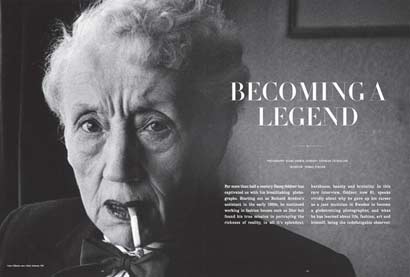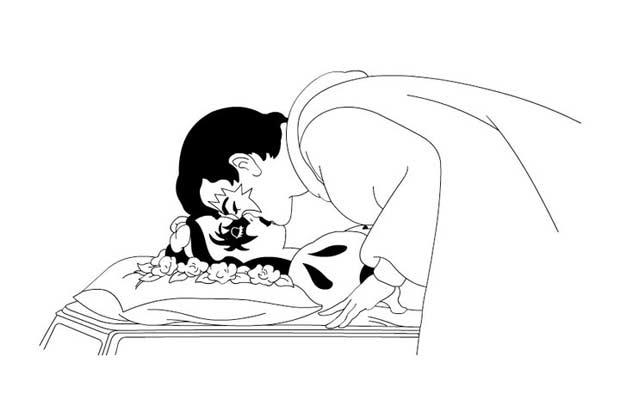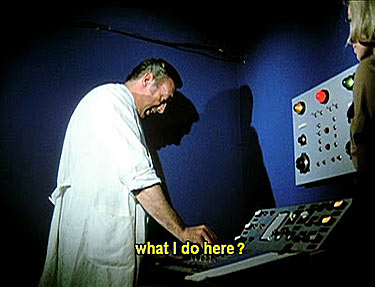Can you feel my eyes on you? Can you feel me look into your heart? Can you feel me in the pit of your stomach? Can you feel me in you? In your heart?
It seems you’re more likely to die from a heart attack when having sex while having an affair, than during sex with your regular partner, although this seems largely to apply to men.
A case report in the Journal of Forensic and Legal Medicine reports on the death of a woman who had a heart attack during extra-marital sex, something unusual in women. This is not conclusive evidence for the link between heart attacks and affairs in itself, of course, but the article reviews some suggestive evidence about sex, risk of death, physical and psychological stress.





















